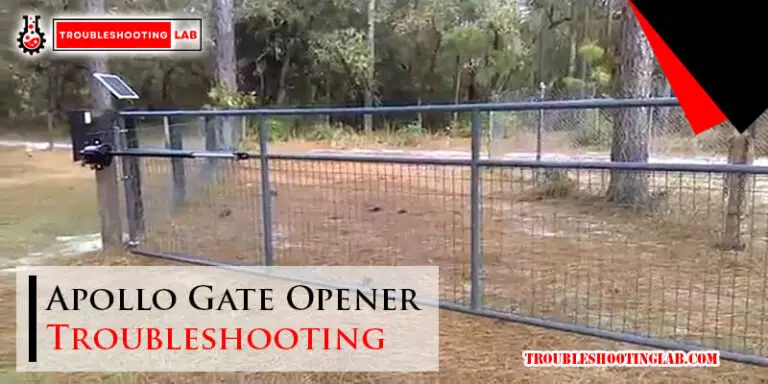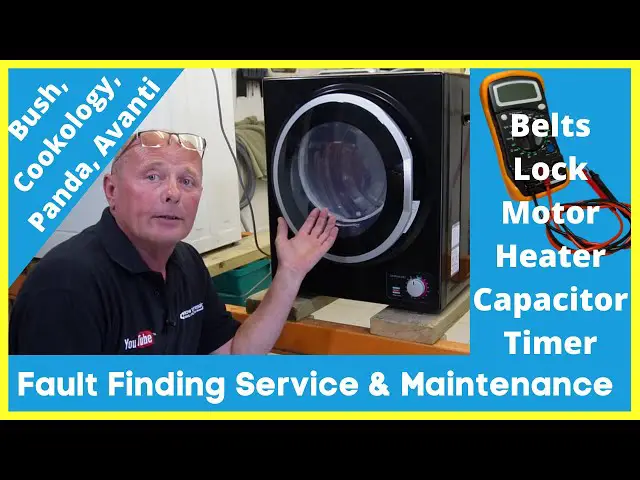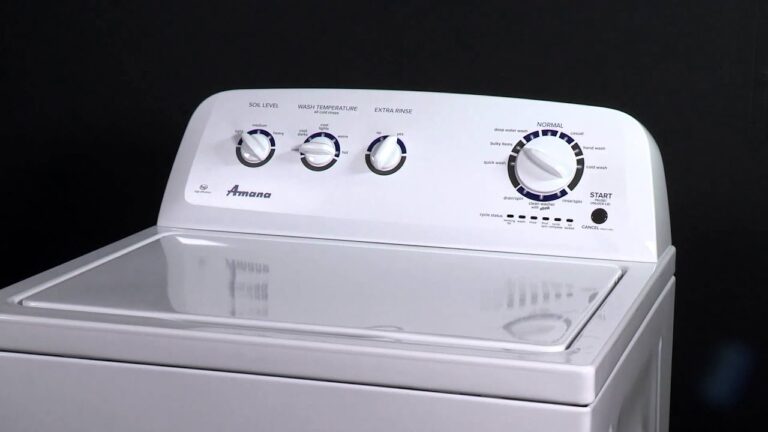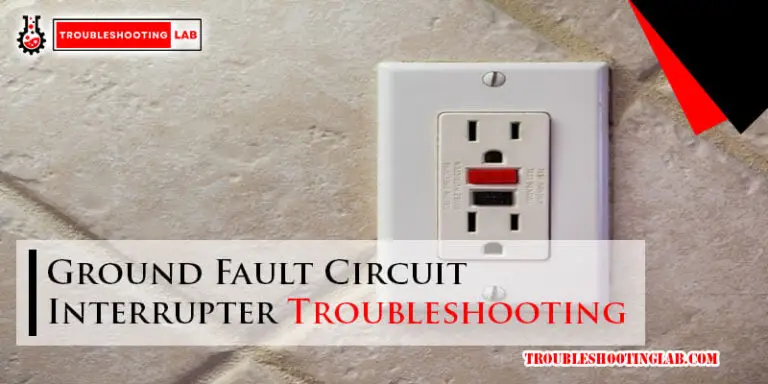Dyson Vacuum Cleaner Troubleshooting: Expert Tips & Solutions
Imagine this: you’re all set to tackle your cleaning chores with your trusty Dyson vacuum cleaner, but suddenly, it stops working as it should. Frustrating, isn’t it?
You might feel overwhelmed, wondering what went wrong and how to fix it. You’re not alone. Many Dyson users encounter similar issues, and the good news is that most of them can be resolved quickly and easily. We’ll walk you through some common problems you might face with your Dyson vacuum cleaner and offer straightforward solutions to get it back in top shape.
Whether it’s a loss of suction, strange noises, or a brush bar that won’t spin, you’ll find helpful tips here. Our goal is to empower you with the knowledge you need to troubleshoot your Dyson effectively, saving you time and stress. So, grab your vacuum and let’s dive into the world of Dyson troubleshooting. You’ll be surprised at how simple some fixes can be!

Credit: www.youtube.com
Common Issues
Dyson vacuum cleaners are known for their efficiency. They make cleaning easy and fast. But sometimes, they face issues. Understanding these problems can save time. Here, we discuss common issues with Dyson vacuums.
Loss Of Suction
Many users experience loss of suction. This can occur due to blockages. Check the hoses and filters. Clogged filters are common culprits. Regular cleaning helps maintain suction. Ensure the dustbin is not overfilled. An overfilled dustbin reduces suction power.
Vacuum Won’t Turn On
If your Dyson won’t start, check the power source. Ensure the plug is secure. Inspect the cable for damage. A broken cable can cause power issues. If the battery is removable, check its charge. Sometimes, the vacuum overheats. Wait a few minutes, then try again.
Strange Noises
Unusual sounds can be alarming. They often signal blockages. Debris might be stuck in the brush bar. Clean the brush bar thoroughly. A damaged motor also causes strange noises. Regular maintenance prevents wear and tear. Ensure all parts are securely attached.

Credit: www.youtube.com
Loss Of Suction Solutions
Dyson vacuum cleaners are popular for their powerful suction. Yet, they can lose suction over time. This issue often stems from simple problems. Fixing these can restore your vacuum’s efficiency. Let’s explore common solutions for loss of suction.
Clogged Filters
Filters trap dust and dirt. Over time, they become clogged. This reduces airflow and suction. Clean the filters regularly. Check the user manual for cleaning instructions. Most filters are washable. Allow them to dry completely before reinstallation.
Blockages In Hose
The vacuum hose is vital for suction. Blockages can occur inside the hose. Check for trapped debris. Remove the hose and inspect it. Use a long object to clear blockages. Reconnect the hose securely after clearing.
Dirty Dust Bin
A full dust bin hinders suction. Empty the bin frequently. Keep it below the max fill line. Clean the bin with a damp cloth. Ensure it’s dry before using the vacuum. Proper maintenance boosts suction performance.
Power Problems
Dyson vacuum cleaners are known for their power and efficiency. But sometimes they face power issues. These can interrupt your cleaning process. Identifying the root cause is essential. Let’s explore common power problems and their solutions.
Checking The Power Cord
A damaged power cord can cause power issues. Inspect the cord for visible damage. Look for cuts or frayed wires. Ensure the plug is secure in the outlet. Loose connections can disrupt power flow. Replace damaged cords promptly.
Battery Issues
Cordless models rely on batteries. Check if the battery is charged. A depleted battery won’t power the vacuum. Replace the battery if it’s old or faulty. Regularly charge the battery to maintain efficiency. Avoid overcharging to extend battery life.
Resetting The Motor
Sometimes the motor needs resetting. Disconnect the vacuum from power. Wait for 10 minutes. This allows the motor to cool down. Reconnect and test the vacuum. If issues persist, consult the user manual. A reset often solves minor power glitches.

Credit: thevacuumwizard.co.uk
Noise Troubleshooting
Dyson vacuum cleaners are renowned for their performance. Yet, unexpected noises can disrupt their efficiency. Understanding these sounds helps in maintaining your vacuum. Troubleshooting can solve many noise-related issues. This guide provides simple steps to address noise problems.
Inspecting The Brush Bar
The brush bar is key to a Dyson’s cleaning power. A jammed brush bar can cause strange noises. Turn off and unplug the vacuum first. Check for tangled hair or debris. Remove any obstructions carefully. Regular cleaning keeps the brush bar noise-free.
Checking For Loose Parts
Loose parts can rattle or clunk during use. Inspect all external parts of the vacuum. Tighten screws or clips as needed. Listen closely to identify the source. Secure all detachable pieces. This simple fix can quiet many noise issues.
Motor Maintenance
The motor is the heart of your Dyson. An overworked motor may whine or hum. Ensure the filters are clean to reduce strain. Replace worn-out filters promptly. Check for blockages in the air passages. Keeping the motor clean extends its lifespan. Proper maintenance minimizes motor noise.
Maintenance Tips
Troubleshooting a Dyson vacuum cleaner can prevent common issues and improve its performance. Regularly check for blockages and clean the filters to maintain suction power. Ensure the brush bar is free from debris for optimal cleaning results.
Maintaining your Dyson vacuum cleaner doesn’t just ensure it performs at its best; it also extends its lifespan. Imagine your vacuum constantly losing suction or failing to pick up dirt effectively. Such issues often boil down to simple maintenance tasks that are easy to overlook. With just a few minutes of care each month, you can keep your Dyson working like new.Regular Filter Cleaning
Cleaning the filter is crucial for optimal performance. A clogged filter can reduce suction power, making your vacuum less effective. Aim to clean the filter every month. Simply remove it, rinse under cold water, and let it air dry completely before reinserting. You’ll notice a difference in performance immediately. Have you ever wondered why your vacuum smells odd? A dirty filter could be the culprit.Proper Dust Bin Emptying
Emptying the dust bin might seem straightforward, but there’s a right way to do it. Always empty it when it reaches the ‘max’ line. This ensures that dirt doesn’t get trapped in hard-to-reach areas. When dumping the contents, tap the bin gently to remove any stuck debris. Keeping the bin clean not only aids performance but also improves air quality in your home. Have you ever found yourself sneezing after vacuuming? A full bin might be to blame.Routine Part Inspection
Regularly check for wear and tear on parts like the brush bar and hose. Look for any blockages that might hinder airflow. Make sure all parts are securely attached and not damaged. If you notice any cracks or excessive wear, consider replacing those parts to maintain efficiency. Have you ever ignored a small issue only for it to become a bigger problem? Routine inspections can prevent that. Consistent maintenance keeps your Dyson vacuum running smoothly and efficiently. Don’t wait until a problem arises—be proactive! Your vacuum will thank you, and so will your floors.When To Seek Professional Help
Experiencing frequent clogs or loss of suction in your Dyson vacuum may indicate it’s time for expert assistance. Strange noises or persistent motor issues also suggest seeking professional help. Addressing these problems early ensures your Dyson remains efficient and long-lasting.
When your Dyson vacuum cleaner doesn’t function as expected, the issue could be minor. You might fix it with a quick clean or by checking the filters. Sometimes, the problem might be more complex. Knowing when to contact a professional is crucial. It saves time and prevents further damage. This section helps identify those situations.Identifying Complex Issues
Complex issues are often not visible at first glance. Strange noises may indicate internal problems. Reduced suction power might suggest motor troubles. Repeated blockages could point to structural damage. These problems require an expert’s eye. Attempting to fix these on your own can worsen the situation. Professional diagnosis ensures proper handling and solution.Warranty Considerations
Check your Dyson’s warranty before seeking professional help. Many issues might be covered under warranty. Free repairs or replacements could be available. Understanding warranty terms saves money. It also guides you on the right steps to take. Always keep warranty documents safe and accessible.Finding Authorized Repair Centers
Authorized repair centers offer reliable service. They use genuine parts and follow Dyson’s standards. Locate these centers through Dyson’s website or customer service. Choosing an authorized center ensures quality repairs. It also maintains your vacuum’s performance and longevity. Avoid non-authorized repair shops to prevent invalidating your warranty.Conclusion
Troubleshooting your Dyson vacuum can be easy with these tips. Regular maintenance helps extend its life. Clean filters, unclog hoses, and check for blockages. Simple steps can solve common problems. Save time and money with DIY fixes. Remember to consult your manual for specific issues.
Regular care ensures your vacuum works efficiently. Keep it clean and well-maintained. A well-functioning vacuum keeps your home tidy. You’ll enjoy a cleaner living space. Stay proactive in your vacuum care routine. Happy cleaning!





